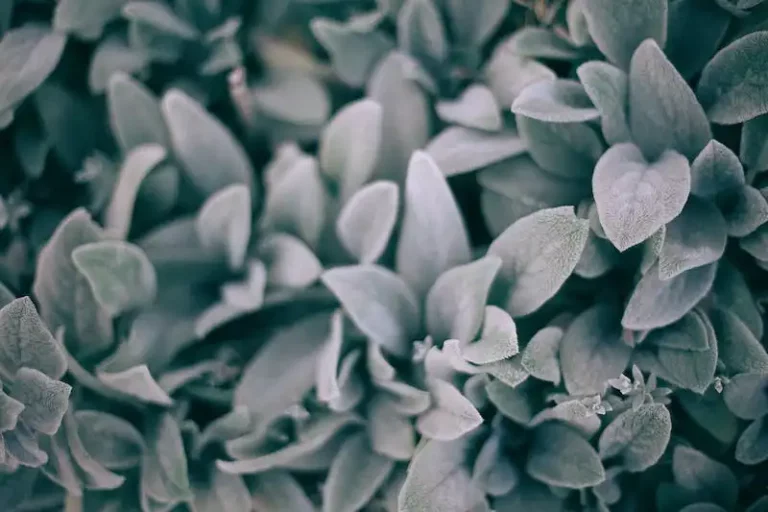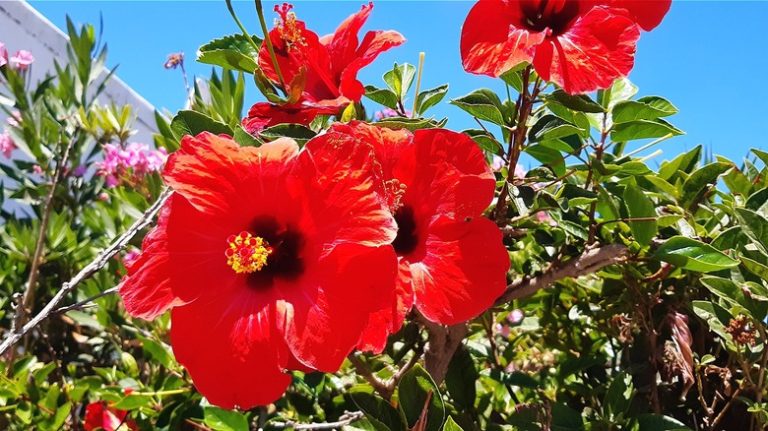Black Eyed Susan, or Rudbeckia, is a popular perennial plant native to the eastern and central parts of North America. With its bright yellow or orange flowers and dark brown to black center, it adds a pop of color to any garden or roadside. If you have black-eyed susans growing in your garden, you may want to consider collecting their seeds to save for future planting or sharing with friends.
Harvesting black-eyed susan seeds is a relatively easy process that can be done in late summer or early fall, when the flowers have started to fade and the seed heads have become brown. To begin, cut the seed heads from the plants using small scissors or garden shears. Place the seed heads in a paper bag and hang them upside down in a dry, well-ventilated area for several weeks to allow the seeds to fully ripen and dry out.
Once the seed heads are dry, gently shake them to release the seeds. You may need to use a strainer or sieve to separate the seeds from any additional plant materials. The seeds are small and black, similar in size and shape to coffee grounds. You can store them in an airtight container or envelope until you are ready to use them.
It’s important to note that black-eyed susans are a diverse species, and while the common black-eyed susan (Rudbeckia hirta) is a native wildflower, there are also many hybrid varieties available. If you are saving seeds from hybrid plants, the resulting offspring may not have the same characteristics as the parent plant. However, if you are saving seeds from a pure species, the offspring should closely resemble the parent plant in terms of color and flower shape.
To plant black-eyed susan seeds, start by preparing a clean, weed-free area in full sun or partial shade. Scatter the seeds onto the soil and lightly rake them in to ensure good seed-to-soil contact. Water the area lightly and keep the soil consistently moist until the seeds germinate, which typically takes 10-14 days. Once the seedlings have established themselves, they are generally drought-tolerant and will not require much additional care.
Rudbeckia Black-Eyed Susan
Rudbeckia Black-Eyed Susan is a species of flowering plant that is native to North America. It is a member of the sunflower family and is known for its beautiful yellow petals with a dark brown center, resembling a black eye. Black-Eyed Susan blooms from early summer to fall and is a favorite among pollinators like bees and butterflies.
The easiest way to propagate Rudbeckia Black-Eyed Susan is through collecting its seeds. Here is a step-by-step description of the process:
- Choose a mature Rudbeckia Black-Eyed Susan plant with fully developed flowers.
- Wait until the flowers have wilted and the seed heads have turned brown.
- Cut the stems of the seed heads, leaving approximately 4 inches of stem.
- Place a plate or a small container underneath the seed heads to catch any seeds that may fall during the process.
- Gently shake the seed heads to release the seeds onto the plate.
- Remove any remaining petals and chaff from the seeds.
- If needed, you can further separate the seeds by hand.
- Store the collected seeds in a dry and cool place until you are ready to plant them.
It is generally recommended to plant Black-Eyed Susan seeds in the fall. However, if you live in a colder northern climate or at higher altitudes, it may be better to plant them in the spring.
When planting the seeds, make sure to prepare the soil by removing any weeds and loosening it with a garden fork. Plant the seeds in a sunny location with well-draining soil. You can choose to scatter the seeds over a large area or plant them in rows with approximately 12 inches of space between each plant.
Water the seeds regularly, especially during dry periods, to ensure proper germination and growth. Black-Eyed Susan plants are generally low maintenance and can tolerate a wide range of soil conditions.
By collecting and sowing the seeds from your own Rudbeckia Black-Eyed Susan plants, you can save money and have the satisfaction of growing these beautiful flowers in your garden. They will not only add a pop of color but also attract pollinators and provide food for them.
How To Collect Black Eyed Susan Seeds
If you live in the Northeast or the mountainous regions of the West, you may have the opportunity to find black-eyed Susans growing wild on the roadside or in fields. These showy yellow blooms with their dark brown centers are a favorite of pollinators and can be a beautiful addition to your garden.
To collect black-eyed Susan seeds, you’ll need to wait until the petals have fallen off the flower head. This usually happens about 5-6 weeks after the flowers have bloomed. The seed heads will then turn brown and become dry and papery.
Once the seed heads are brown, you can start the process of collecting the seeds. Cut off the heads of the black-eyed Susan flowers, leaving about 3-4 inches of stem attached. Place the seed heads on a plate or a plastic bag to catch any seeds that may fall out during the process.
Next, gently shake the seed heads to release the seeds. You will find small black or brown seeds, along with some chaff. The chaff is the brownish material that surrounds the seeds and can be easily separated by hand.
After separating the seeds from the chaff, you can store them in a dry, airtight container. Make sure to label the container with the date and any additional information about the seeds, such as the color or hybrid variety. Black-eyed Susan seeds can remain viable for several years if stored properly.
To plant the seeds, you can sow them directly into the ground in the fall. Black-eyed Susans are perennial plants and will start growing again in the spring. Alternatively, you can start the seeds indoors in the spring and transplant the seedlings once they are large enough.
Black-eyed Susan seeds have a high germination rate, so you can expect a good number of plants from the seeds you collect. These flowers are not only beautiful but also have great value for pollinators, making them a worthwhile addition to any garden or landscape.
The EASIEST way to Save Black Eyed Susan Seeds
Black Eyed Susan flowers, also known as Rudbeckia hirta, are popular for their vibrant yellow petals and dark brown centers. Saving the seeds from these beautiful flowers is a great way to grow your own plants and support pollinators in your garden. Here is the easiest method to collect black-eyed Susan seeds.
- Wait until the black-eyed Susan flowers have fully bloomed and the petals start to wither and fall off. This usually happens in the late summer or early fall.
- Once the petals have fallen off, you will notice a small, round black “head” in the center of the flower. This head is actually a cluster of seeds.
- Using your fingers or a pair of scissors, carefully cut off the seed heads from the stems of the flowers. Make sure to collect as many seed heads as you can.
- Find a clean and dry container, such as a small plastic bag or a coffee can, to store your seeds.
- Place the seed heads into the container and gently shake them. This will help the seeds to separate from the head.
- Once the seeds are separated, you can remove any additional debris or plant material.
- Store your black-eyed Susan seeds in a cool and dry place, such as a refrigerator or a pantry. Make sure to label the container with the date and the type of seeds.
- In the following spring, you can plant the black-eyed Susan seeds directly into your garden or in small pots indoors. They are easy to grow and will add a pop of color to your garden.
Black-eyed Susan seeds are a great choice for both novice and experienced gardeners. They are hardy plants that can withstand a variety of growing conditions. By saving seeds from your own black-eyed Susans, you can continue to enjoy these beautiful flowers year after year and provide food for pollinators.
Remember, black-eyed Susans are native to the eastern and central regions of North America. They can be found growing along roadsides, in fields, and even in riparian areas. If you don’t have black-eyed Susans growing in your own garden, you may be able to find some seeds or plants at a local nursery or garden center.
Now that you know how to save black-eyed Susan seeds, go ahead and give it a try. It’s a simple and rewarding process that will allow you to enjoy these beautiful flowers for seasons to come!
Process to save and harvest Black Eyed Susan Seeds
Black Eyed Susans, or Rudbeckia, are beautiful and showy perennial flowers that bloom in the late summer. They are native to the northeastern and central United States, but can also be found in the Southeast and the western mountain regions. Saving and harvesting Black Eyed Susan seeds can be a rewarding process, as it allows you to grow your own plants and support pollinators. Here is a step-by-step description of how to save and harvest Black Eyed Susan seeds.
1. Wait for the seeds to ripen
The easiest way to save Black Eyed Susan seeds is to wait until the flowers have fully bloomed and the petals have fallen off. This usually happens in the fall, around September or October. The flower heads will turn from yellow to brown and the seeds will become dark and plump.
2. Harvest the seeds
To harvest the seeds, cut the flower heads from the plant, leaving a few inches of stem attached. Place a plate or a small plastic container under the flower head to catch the seeds as they fall out. Gently shake the flower head or rub it with your hands to release the seeds. Be careful not to shake too vigorously, as the chaff (dry petals and other debris) may fly out as well.
3. Separate the seeds from the chaff
Once you’ve collected all the flower heads, separate the seeds from the chaff. One way to do this is to gently blow on the mixture and let the lighter chaff be carried away by the wind. Another way is to pour the mixture onto a plate and pick out the seeds by hand.
4. Store the seeds
Store the Black Eyed Susan seeds in a cool, dry place for the winter. You can use small envelopes or resealable plastic bags to keep them organized. Make sure to label the bags with the date and the variety of Black Eyed Susan seeds. The seeds should remain viable for several years when stored properly.
By following these steps, you can save and harvest Black Eyed Susan seeds to grow your own plants. This not only allows you to enjoy the beauty of these flowers again in your garden, but also supports pollinators and adds biodiversity to your environment. Remember to collect seeds from native species whenever possible, as they have higher ecological value.



